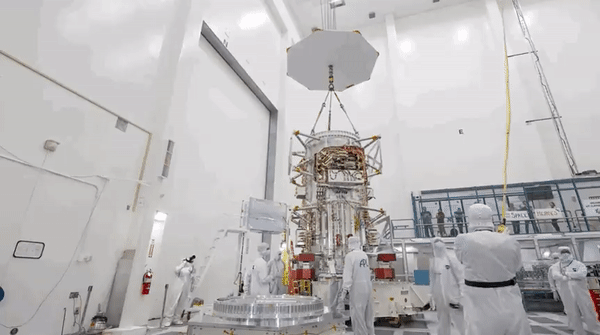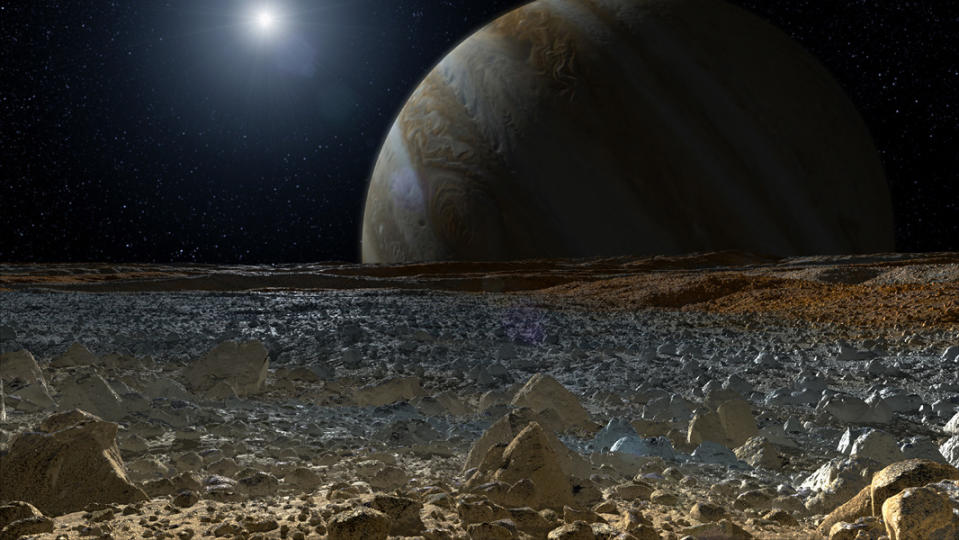
NASA's Europa Clipper mission, a $5 billion space exploration project scheduled to launch in October, is facing potential challenges due to the vulnerability of some of its transistors to radiation.
The Europa Clipper spacecraft is designed to assess the potential for life on Europa, an ice-covered moon orbiting Jupiter. However, tests have shown that some of the transistors used in the probe may not be able to withstand the intense radiation environment near Jupiter and its moon Europa.
Transistors are essential components of electronic devices that control the flow of electricity. In this case, they regulate various functions on the Europa Clipper spacecraft. However, NASA officials have reported that some transistors may fail in the high-radiation environment around Jupiter due to lower radiation resistance than expected.
The issue was first identified in May during testing at NASA's Jet Propulsion Laboratory, Johns Hopkins Applied Physics Laboratory, and NASA Goddard Space Flight Center. The transistors were manufactured by Infineon Technologies.
Europa Clipper is set to enter the Jupiter system in 2030 and will make about 50 flybys of Europa over the course of its mission. However, if some transistors fail, it could impact the spacecraft's ability to function optimally and potentially delay or limit its scientific objectives.
The team is currently evaluating options for maximizing the transistors' longevity in the Jupiter system. A preliminary analysis is expected to be completed by late July.
This development comes as NASA continues to face challenges with spacecraft radiation resistance, including issues with the James Webb Space Telescope and Mars Perseverance Rover. The Europa Clipper mission underscores the importance of addressing this issue in future space missions.



